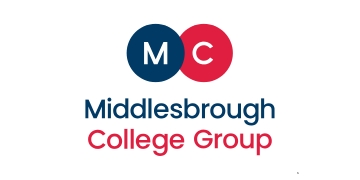There will be 260,000 more pupils in schools than previously predicted by 2028, the Department for Education has estimated, revising up its projections in response to new data.
Last year’s pupil number projections estimated a state school population of 7,519,000 in 2028. Although still predicting a decline in numbers overall, today’s data predicts there will be 7,779,000 pupils in state schools in 2028.
The DfE also appears to have pushed back the year in which it expects secondary pupil numbers to peak. Last year’s data suggested this would happen in 2025, but today’s data predicts the peak will be in 2026.
The data still predicts that pupil numbers will fall by 172,000, or just over 2 per cent, between 2024 and 2028.
But Luke Sibieta, from the Institute for Fiscal Studies, said a 6 per cent expected drop in pupil numbers up to 2028 “is now more like 2 to 3 per cent. The prospects of making savings in the schools budget in an upcoming spending review have nearly vanished.”
Primary pupil numbers have been falling for several years because a population bulge caused by the 2000s baby boom has been making its way into the secondary phase.

Falling primary numbers less severe
But the government is now predicting less severe drops in the primary population in the coming years.
Last year it said primary and nursery numbers would fall by 79,000 in 2025, 81,000 in 2026, 78,000 in 2027 and 91,000 in 2028.
Today’s data predicts falls of 42,000 in 2025, 42,000 in 2026, 53,000 in 2027 and 70,000 in 2028.
The DfE said last year’s projections “were calculated on different source data to that usually used, as the ONS population estimates (including the historic estimates which are rebased after the census results are known) and projections did not at that point take account of the 2021 census”.
“New source data affects the model because changes to the actual population numbers lead to different participation rates which are then applied to projected total populations.”
However, the new projections model does not make predictions beyond 2028, while the old model went up to 2032. Last year’s data predicted a 10 per cent fall in the pupil population by 2032.
This year’s data is limited to 2028 because of “uncertainty in longer term fertility assumptions”.

Changes to pupil numbers have a significant impact on schools because funding is allocated based on the number of children on their rolls.
The falling primary school population is already forcing school closures and mergers, particularly in London where the drop has been more severe.
Jack Worth, school workforce lead at the National Foundation for Educational Research, also pointed out on X that “one effect” of today’s change would be to push the primary teacher recruitment target up.















Your thoughts